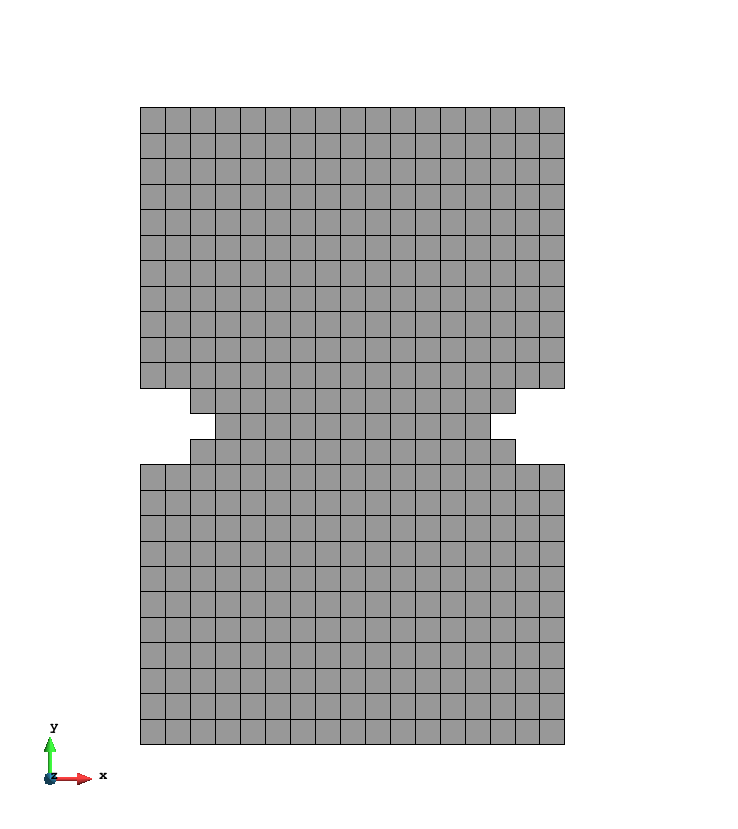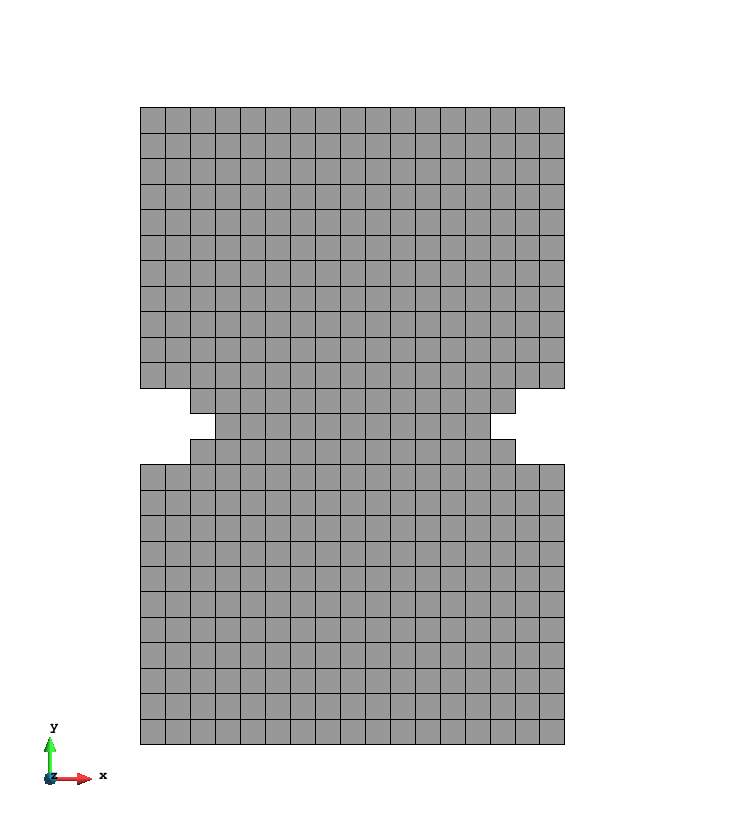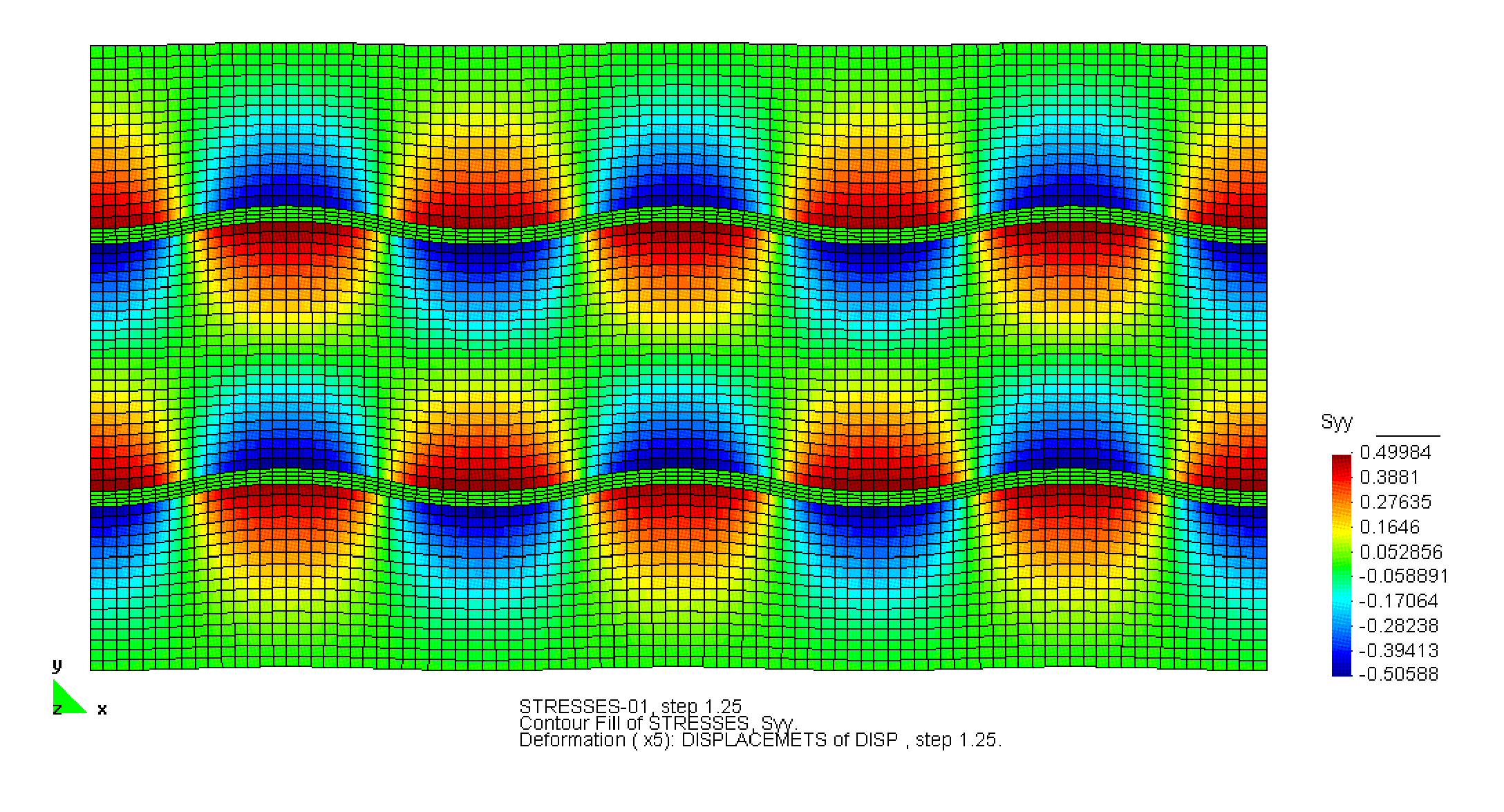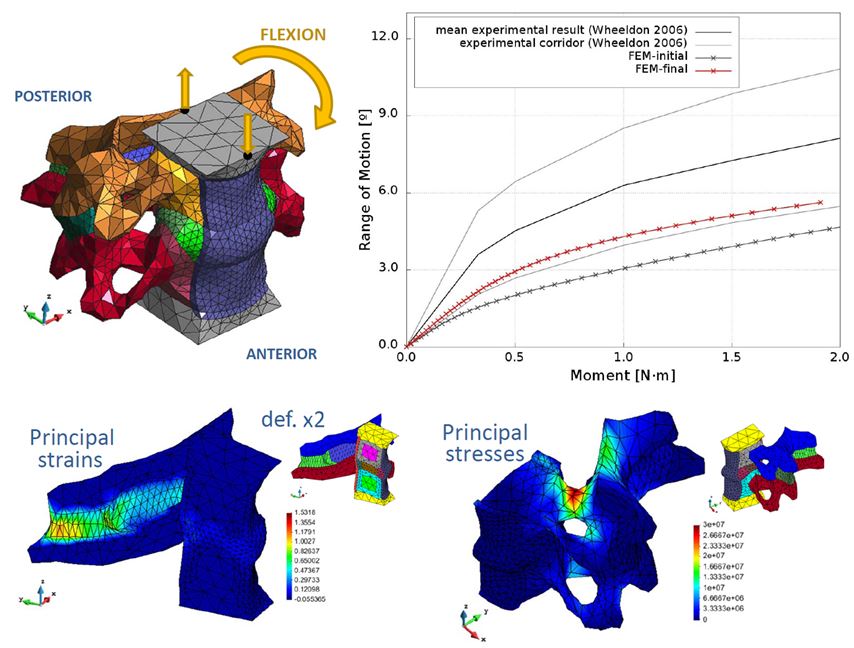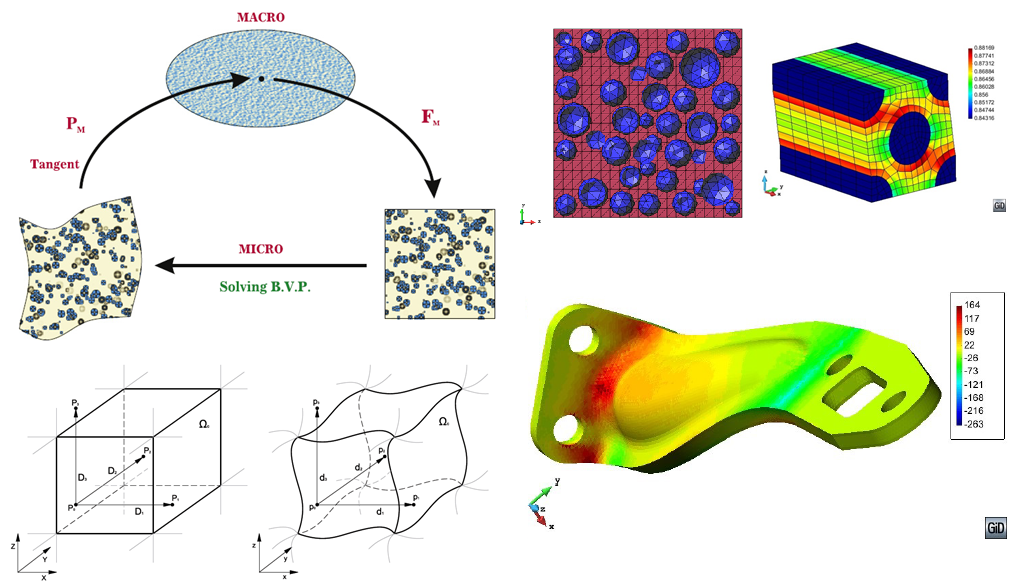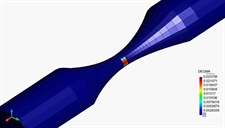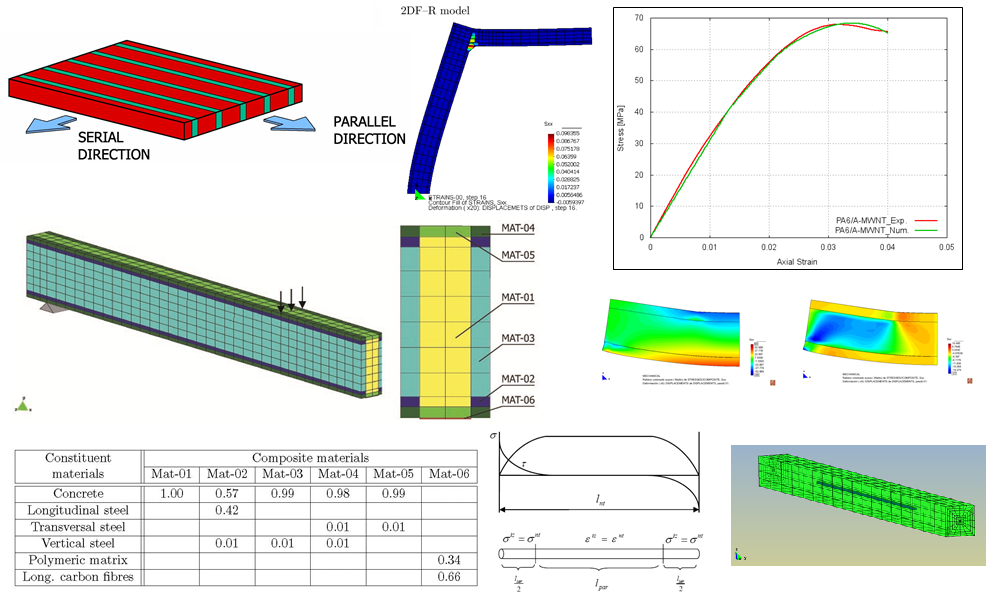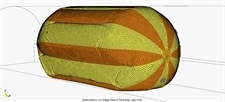|
Constitutive modelling of biological tissues
Constitutive equations describe the macroscopic behavior resulting from the internal constitution of a material. They represent, through a mathematical model, the real behavior of a material. However, this model must obey the laws of thermodynamics and satisfy the condition of objectivity or material frame indifference for it to be an adequate constitutive equation. In PLCd, most constitutive models are developed using a phenomenological approach, which avoids quantifying microscopic quantities. Instead, the internal variables are directly associated to the dissipative behavior observed at a macroscopic level. These variables are expressed in continuous terms even though they may be related in some way to the microscopic dissipation mechanisms of the material. The aim of my doctoral research is to obtain a set of constitutive models which adequately represent the passive and active behaviors of the biological tissues. For the former, hyperelastic Neo-Hookean and Ogden models have been used as basis for defining a novel damage model in a large-strain context that requires the use of hybrid elements to account for the incompressibility of the material. The modelling of the latter is specially challenging since the effect of the metabolism in the growth and remodeling phenomena must be accounted for. A stress-driven volumetric growth model considering biological availability, based on that proposed by Bellomo et al.*, has been successfully implemented in PLCd. The focus is now in developing and implementing a reverse damage model to represent remodeling or healing in tissues, taking into account the influence of the metabolism in this process.
The animation shows a specimen subjected to an initial loading which induces symmetric stresses. Then, loading is fixed and growth begins, with low biological availability on the left side of the specimen, such that growth (quantified by the growth stretch) only occurs on the right side. It is observed how stress induces growth on the right side of the specimen, which has enough biological availability. As the growth stretch increases, i.e., the volume increases, the stress is reduced. |
|

